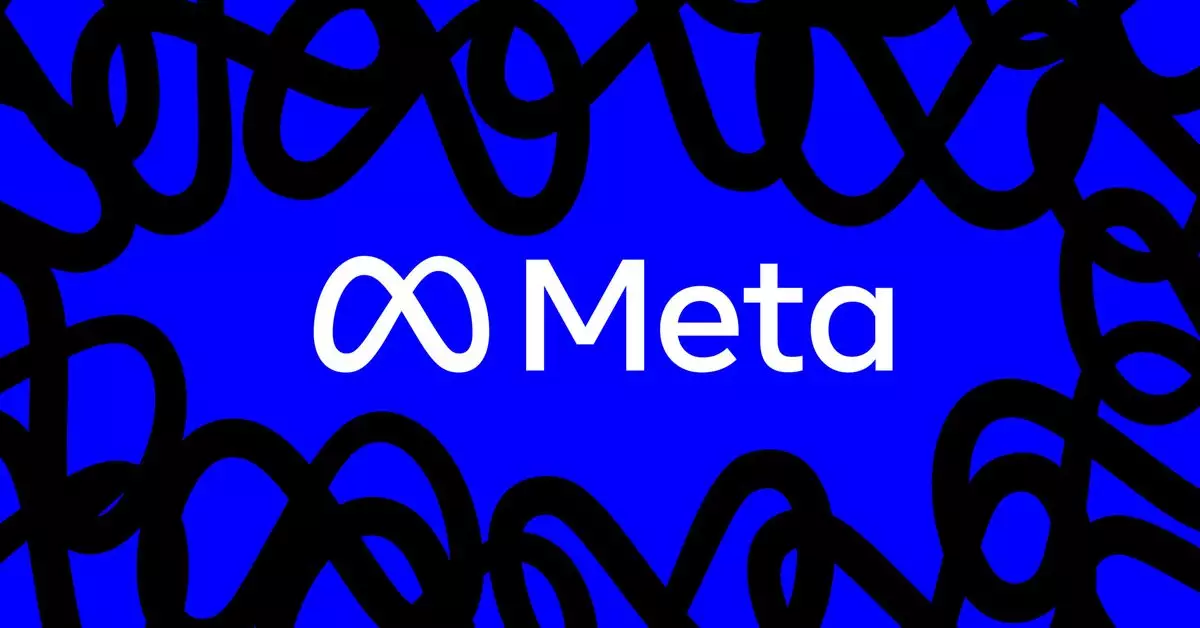The alarming rise in digital environments, where graphic depictions of self-harm and suicide often rear their heads, has prompted tech giants Meta, Snap, and TikTok to ally in a groundbreaking program named Thrive. This initiative is designed to curb the proliferation of harmful content on their respective platforms and create a safer online ecosystem. Thrive embodies a commitment to mental health, formed in collaboration with the Mental Health Coalition, a non-profit dedicated to destigmatizing mental health discussions. The significance of this collaboration lies not only in raising awareness but also in actively promoting preventative measures in the digital landscape.
Thrive’s structure revolves around the sharing of “signals” among participating platforms to promptly alert one another of any content that violates community standards related to self-harm or suicide. This system is fortified by a sophisticated technological backbone from Meta, which utilizes advanced infrastructure allowing for secure and effective cross-platform communication. Such a framework is reminiscent of their Lantern program, a similar initiative aimed at combating child abuse online. The ability to share hashed information about violating content expedites the response process, ensuring that these disturbing materials are managed swiftly across platforms.
One critical aspect of Thrive is Meta’s acknowledgment of the need to strike a balance between maintaining user safety and allowing open discussions surrounding mental health. While the initiative aims to eliminate harmful content, it simultaneously respects the importance of personal narratives about mental health struggles, as long as those discussions do not advocate or glorify self-harm. This nuanced approach is vital; it supports users who may need to discuss their experiences without inciting further negativity or harm.
Statistical evidence illustrates the gravity of the situation: Meta has addressed millions of instances of suicide and self-harm content each quarter, actively working to filter out toxic material from their platform. Notably, while Meta has successfully removed numerous posts, it also reinstates several following user appeals, demonstrating a commitment to transparency and understanding of individual contexts. This dynamic indicates a broader challenge for social media platforms: ensuring that moderation systems are both efficient and sensitive to users’ diverse experiences.
The importance of mental health resources cannot be overstated, particularly in an age where internet users are increasingly vulnerable to negative influences online. Thrive emphasizes its commitment to support those in distress by providing valuable information on crisis resources. For individuals in the United States, the Crisis Text Line and the 988 Suicide & Crisis Lifeline offer round-the-clock assistance. For those outside the U.S., organizations like Befrienders Worldwide stand ready to provide crisis support through a global network of helplines.
The Thrive initiative represents a progressive response to the urgent need for collaborative efforts in addressing mental health issues online. As tech companies take this initiative seriously, they foster a community where individuals can seek help and engage in meaningful conversations without fear of encountering graphic and harmful content. This program marks a significant step forward in leveraging technology to enhance mental health awareness and protection, shedding light on a critical issue that impacts countless lives.

